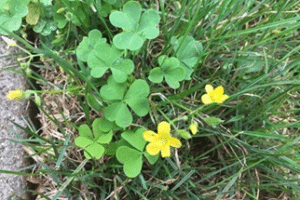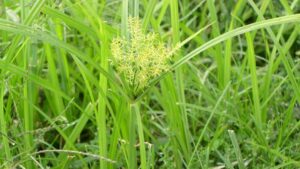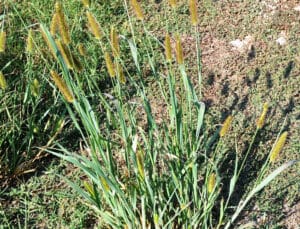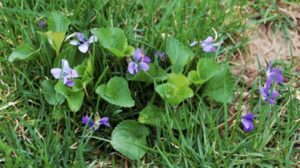Isotoma fluviatilis
Description:
Delivering a whirlwind of vibrant greenery with a smattering of blue blooms, the Blue Star Creeper lives up to its name, transforming the most unsightly yard spaces into elegant garden chateaus. A dense, low-growing perennial, the Blue Creeper will quickly become the understated star of your landscape. From its textured green leaves to its easy, adaptable growth, the Blue Creeper is second to none.
Especially since it’s so adaptable. Whether you plant in borders along your deck and property line or at the edge of moist, water-logged spaces like ponds, the Blue Creeper grows above and beyond.
Planting
First, select a location with adequate sunlight – any area with about 6 hours of sun is perfect. The Blue Star performs best on slopes and banks that need erosion control and moist soil areas, or walls and planters where it can grow downward. And if you’re planting as a groundcover variety, place plants about 5 feet apart, or closer if you want faster coverage. When you’re ready to plant your Blue Star, dig a hole that’s about one and a half to two times the size of your plant’s root ball, place the plant in the hole, backfill the soil and water to settle the roots.
Watering
Water about once weekly or more often in extreme heat and check the surrounding soil…if the surrounding soil is dry 2 inches down, it’s time to water your plant. However, if it’s planted in a moist area, it shouldn’t need additional watering.
Fertilizing
Apply a complete fertilizer in early spring such as 10-10-10, preferably one with slow-release nitrogen. Follow the directions on the packaging.
Pruning
Prune during spring, before new growth begins.
| Growing Information | |
| Mature Height: | 2-4 in |
| Mature Width: | 1-2 ft |
| Sunlight: | Full to Partial Sun |
| Bloom Time: | |
| Growth Rate: | Fast |
| Grows Well in Zones: | 5-9 |
| Your Growing Zone: | 6 |





